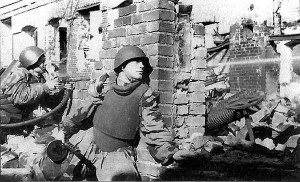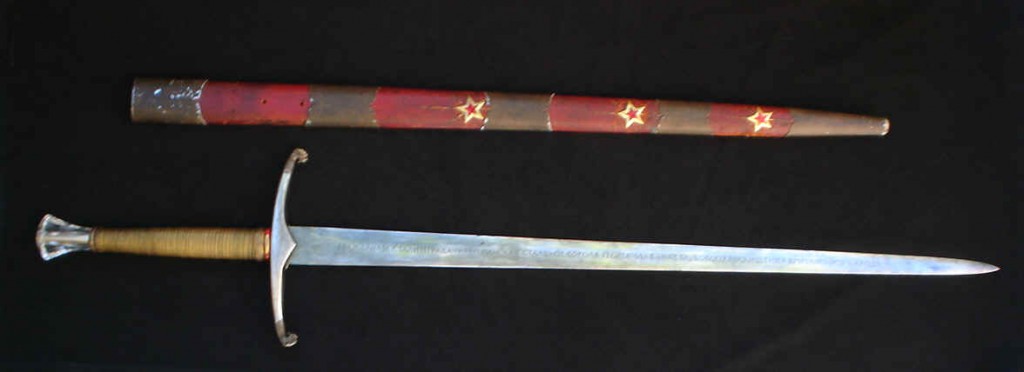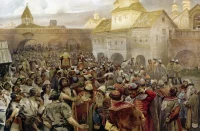2nd February marks the 70th anniversary of the end of the Battle of Stalingrad, the toughest 200-day battle of the Second World War which turned Stalingrad into a landscape of apocalyptic ruins.
The two hundred days and night of sheer hell that made up the Battle of Stalingrad altered the course of the war – the Red Army tore the strategic initiative away from its enemy and did not let go until Berlin itself. “For Germany, the Battle of Stalingrad was one of the worst defeats in its history, while for Russia it was one of its greatest victories”, Hitler’s General Hermann Doerr wrote in his memoirs after the war.
Ending with the encirclement, defeat and capture of select Nazi forces, the Stalingrad victory gave rise to the first salute in a Soviet country and the first heavy mourning for the Germans. It presented the world with powerful emotions and hope and, of course, caused confusion and bewilderment in the camp of Hitler’s allies. Japan abandoned their plans to attack the Soviet Union and Turkey decided to abstain from joining the war, in spite of Hitler’s hysterics. Many, many people in the world looked at Moscow, at this little understood nation of many faces living in a vast country and in possession of incredible stoicism, in a different light.
 At the same time, drawings began to appear on the walls of homes in occupied Warsaw – a heart with the word “Germany” impaled on a large dagger, on the blade of which was the word “Stalingrad!” In Paris, the writer and anti-fascist Jean-Richard Bloch addressed his fellow countrymen:
At the same time, drawings began to appear on the walls of homes in occupied Warsaw – a heart with the word “Germany” impaled on a large dagger, on the blade of which was the word “Stalingrad!” In Paris, the writer and anti-fascist Jean-Richard Bloch addressed his fellow countrymen:
Listen, Parisians! The first three divisions that invaded Paris in June 1940, the three divisions that desecrated our capital, these three divisions – the 100th, the 113th and the 295th – do not exist any more! They were destroyed at Stalingrad: the Russians took vengeance for Paris. Russians are taking vengeance for France!
In a telegram to Stalin, Roosevelt called the Battle of Stalingrad “a great epic battle, the decisive outcome of which every American is celebrating” and sent a Letter to the city’s residents with words of admiration. Churchill described the victory of the Red Army as “magnificent”.
“Truly, they had hearts of steel.” These words were spoken by Roosevelt in 1943 at the opening of the Tehran Conference, which was preceded by a ceremony in which Churchill presented Stalin with “The Sword of Stalingrad“. The ceremonial “crusader’s sword” with a gold “Tudor rose” was hand-forged by order of King George VI of England from first-rate Sheffield steel and decorated with jewels. Along the blade is an acid-etched inscription which reads: TO THE STEEL-HEARTED CITIZENS OF STALINGRAD • THE GIFT OF KING GEORGE VI • IN TOKEN OF THE HOMAGE OF THE BRITISH PEOPLE. …And the sword was presented to the “citizens of Stalingrad” with good reason.
 Altogether, 48 German divisions and three brigades were defeated during the Battle of Stalingrad, which made up 20% of their overall forces fighting at the Soviet-German front. The victory of the Soviet Army at Stalingrad marked the beginning of a radical turnaround in the Second World War.
Altogether, 48 German divisions and three brigades were defeated during the Battle of Stalingrad, which made up 20% of their overall forces fighting at the Soviet-German front. The victory of the Soviet Army at Stalingrad marked the beginning of a radical turnaround in the Second World War.














Pingback: La spada di Stalingrado « Aurora